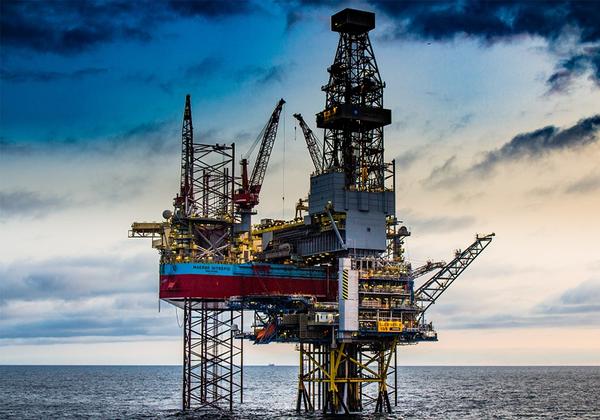
Danish offshore drilling company Maersk Drilling has set a target to cut the intensity of CO2 emissions from its drilling operations by 50% by 2030.
Jørn Madsen, CEO of the company which leased drilling rigs to oil companies said:"Climate change is one of the greatest challenges facing our society today, and we want to do our part in addressing this."
"The global demand for energy is rising and the expert consensus is that renewable energy will not be able to replace all traditional energy production within the foreseeable future. Therefore, the answer must be to provide affordable energy, including oil and gas, while keeping CO2 emissions under control. Our contribution to a sustainable energy future is to significantly reduce emissions from our operations and to explore ways to store CO2,” he said.
Maersk Drilling emissions reduction initiatives so far include the first-ever rig to operate on shore power and the upgrade of two large jack-ups to hybrid, low-emission rigs.
The Danish offshore drilling company Maersk Drilling recently also joined a consortium maturing an offshore CO2 storage project in Denmark.
"Maersk Drilling’s emissions reduction target is in line with most oil and gas companies’ 2030 targets and supports the ambitions of the Paris Agreement," Maersk Drilling said.
“Sustainability is an area of concern, also for our customers, and by being a leader in low-emission offshore drilling, we maintain a differentiated offering which can help customers in reaching their targets. Investing in climate action is a key focus area for us and we are committed to being at the forefront, leveraging our vast experience with operating in Norway, where sustainability requirements are very high,” says CEO Jørn Madsen.
Maersk Drilling estimates that about half the target can be achieved via further efficiency gains and known technical solutions and concepts, while the other half will be facilitated by investments in innovation in this space. The target will be measured as tonnes CO2 emissions relative to three parameters: contracted days, drilled meter, and revenue, with 2019 being the baseline year.



